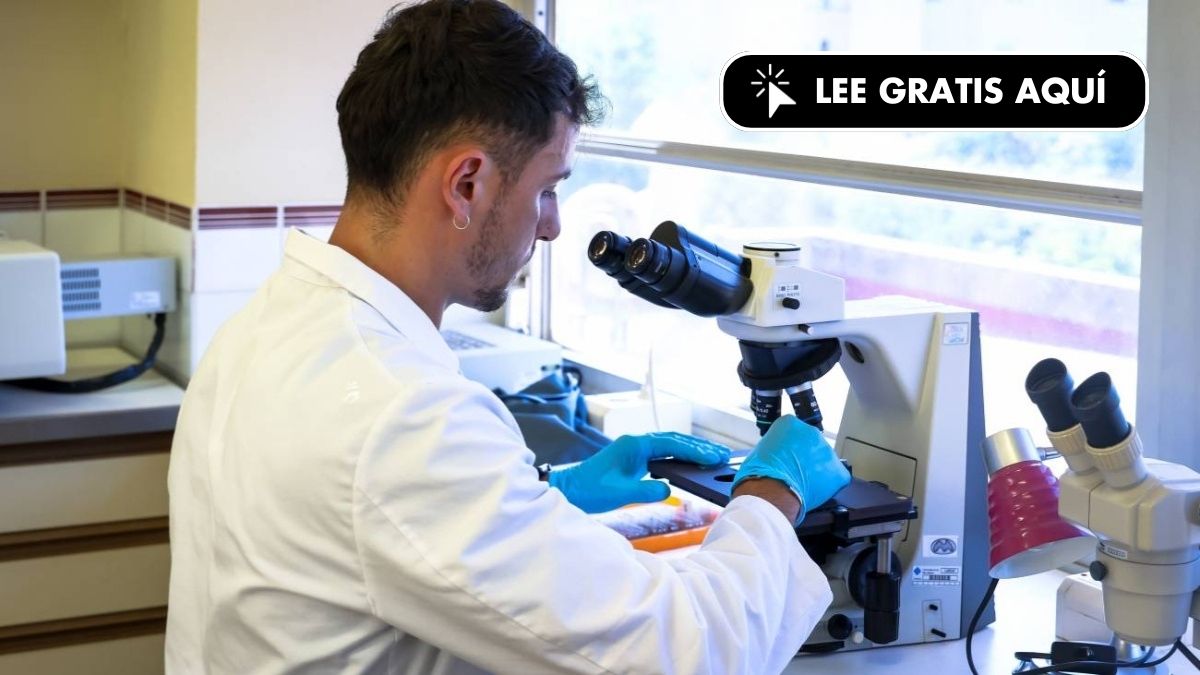They found out how healthy tissue can predict breast cancer recurrence

A study by the University of the Balearic Islands (UIB) and the Balearic Islands Health Research Institute (IdISBa) shows the importance of healthy tissue adjacent to tumours as a source biomarkers For predict recurrence of breast cancerin the most common form, from the initial stages of the disease.
Although so-called invasive ductal breast cancer has high survival rates due to early detection and treatment, the truth is that between 3 and 15% of patients may suffer a recurrence within a few years of treatment. Therefore, it is extremely important to foresee these relapses to improve the prognosis.
In a paper published in Breast cancer researchThe researchers analyzed healthy tissue adjacent to the tumor, called peritumoral tissueand compared it with the most distant healthy tissue.
They focused specifically on gene expression in these tissues, that is, observing the differences that genes present in different tissues exhibit in the synthesis of various proteins. Thanks to this, they were able to identify more than 400 genes which showed significant differences in their expression.
In addition, through bioinformatics analysiscreated a protein interaction network of these upregulated genes. These interaction networks provided a dynamic image of the first molecular changes that occur in peritumor tissue early in the disease.
The researchers emphasize that the genes that play an important role in these protein interactions are mainly involved in processes that regulate cell growth. This would indicate that the seemingly normal peritumoral tissue would receive signals that activate it already at the initial stages of the disease.
Early indicators of future relapses
In another phase of the study, the researchers worked with previous data on disease-free survival. These papers analyze how long it takes for patients to you have a relapse of the disease after treatmentwhich is an important indicator of its effectiveness.
Researchers noticed that patients with higher levels Expression of some of these genes was associated with a worse prognosis and a higher relapse rate.
The work suggests that changes in peritumoral tissue may serve early indicators future recurrences, and therefore the authors propose that analysis of this tissue should be included in surveillance protocols for patients with invasive ductal breast cancer during routine examinations to help prevent future recurrences.


